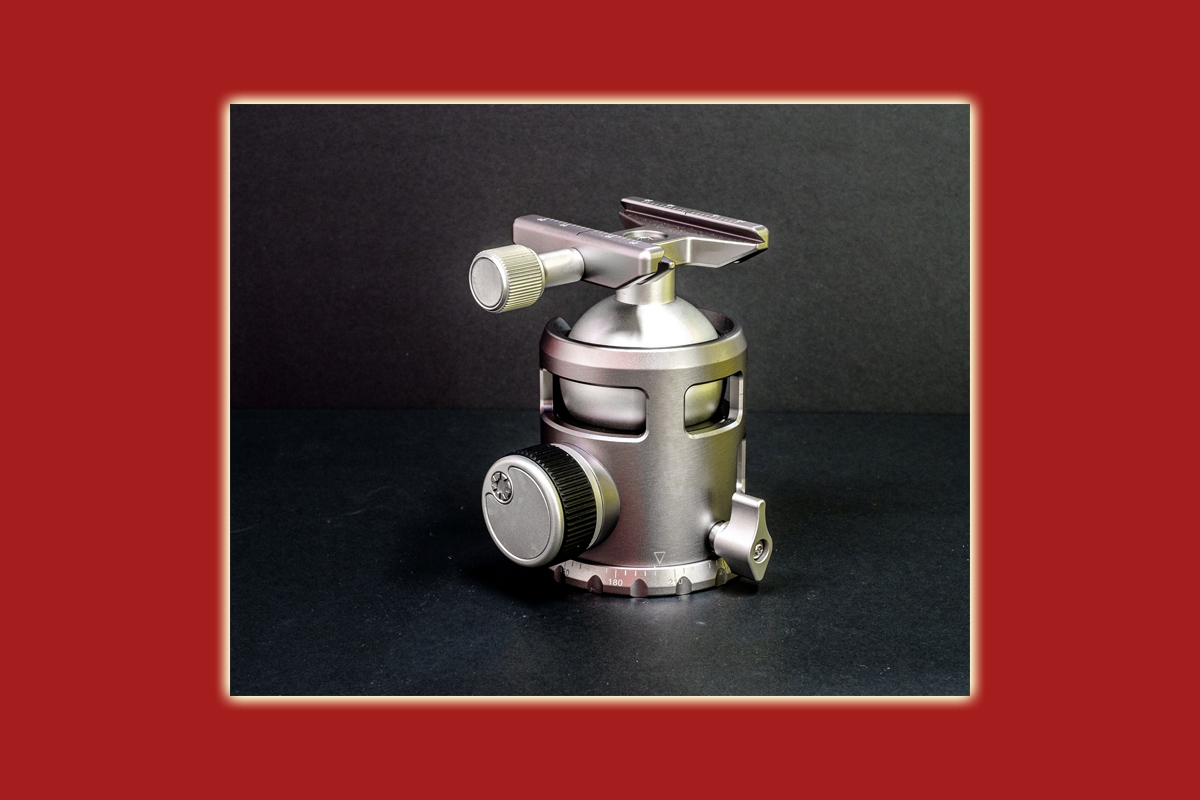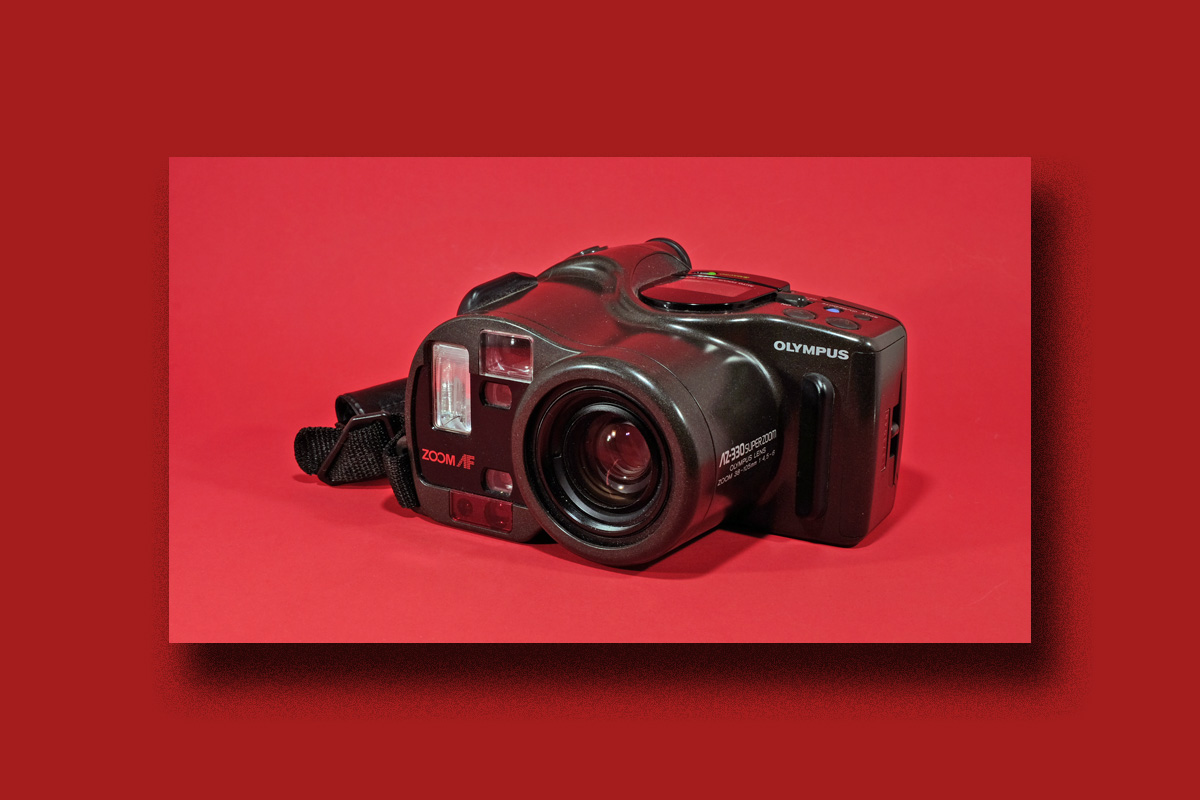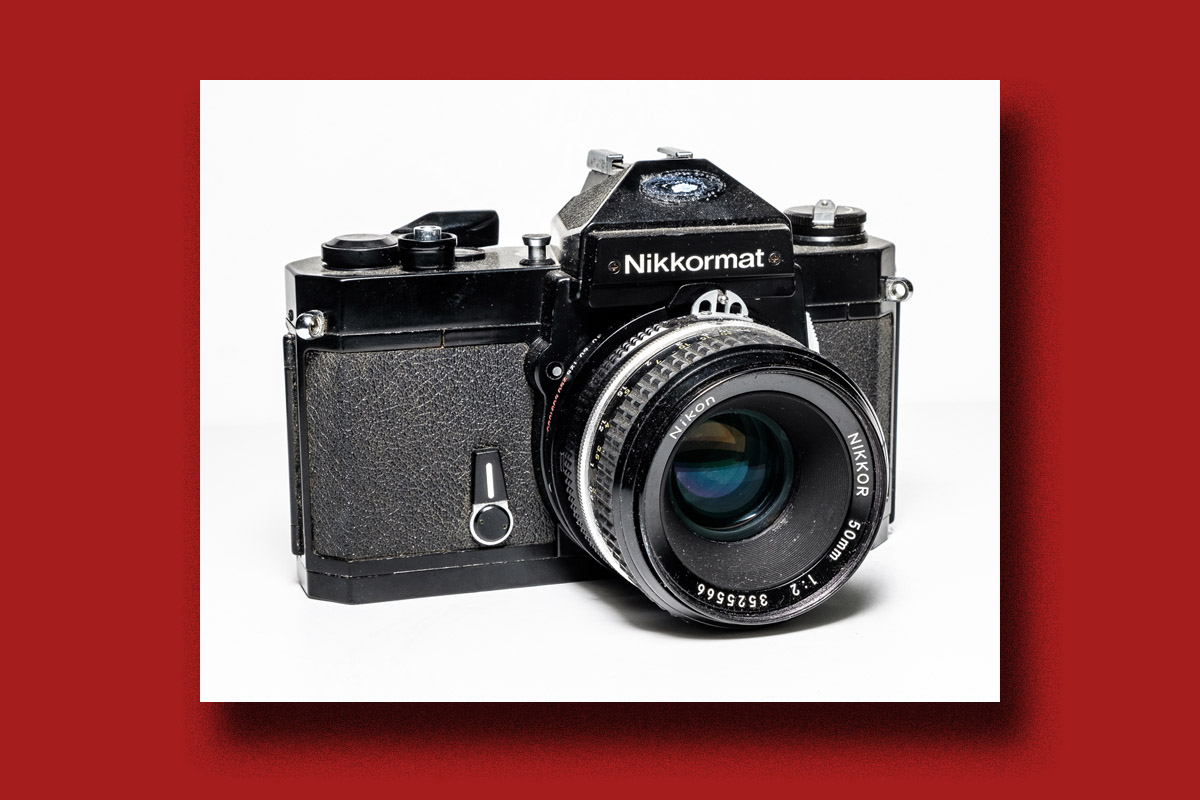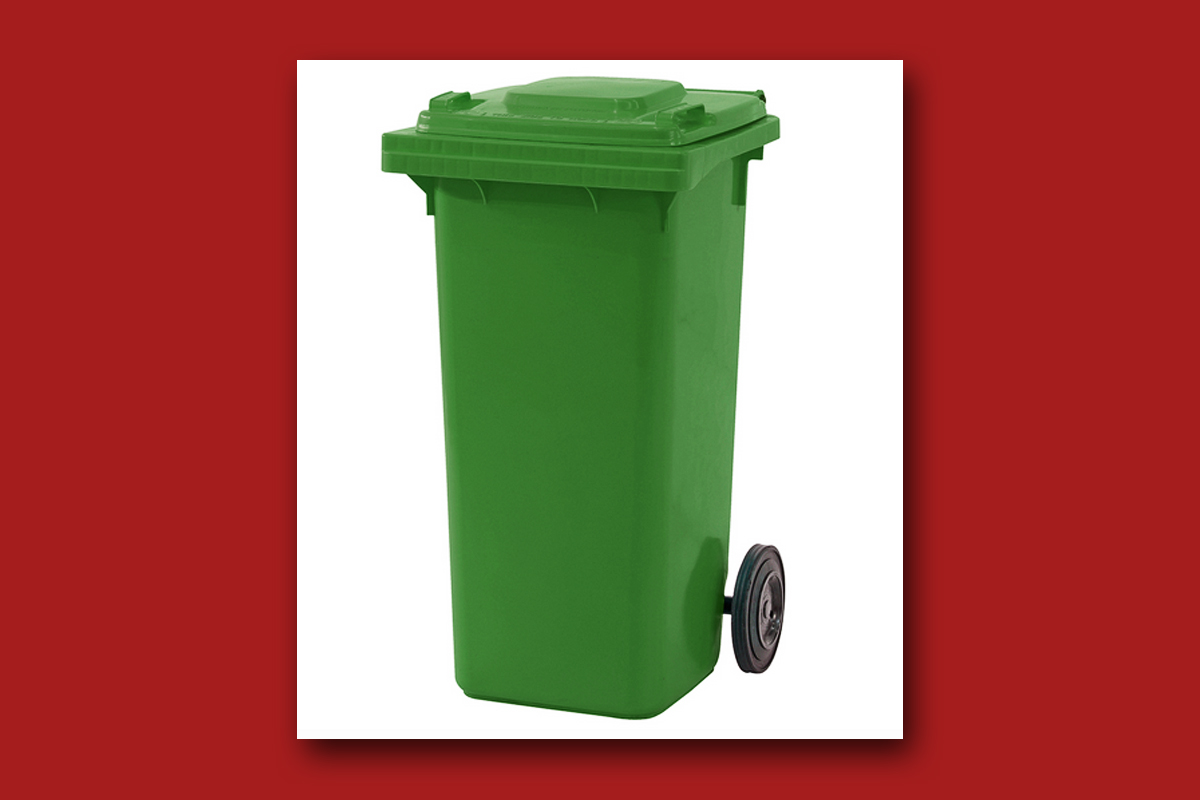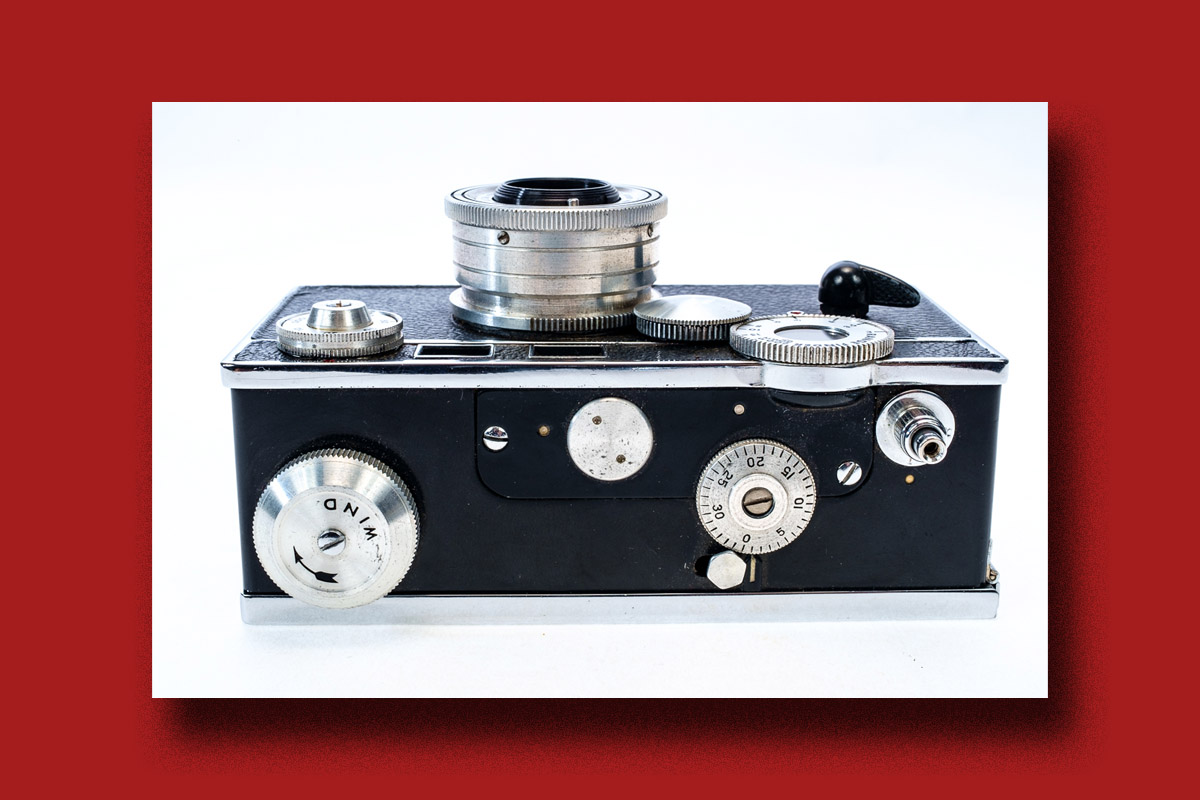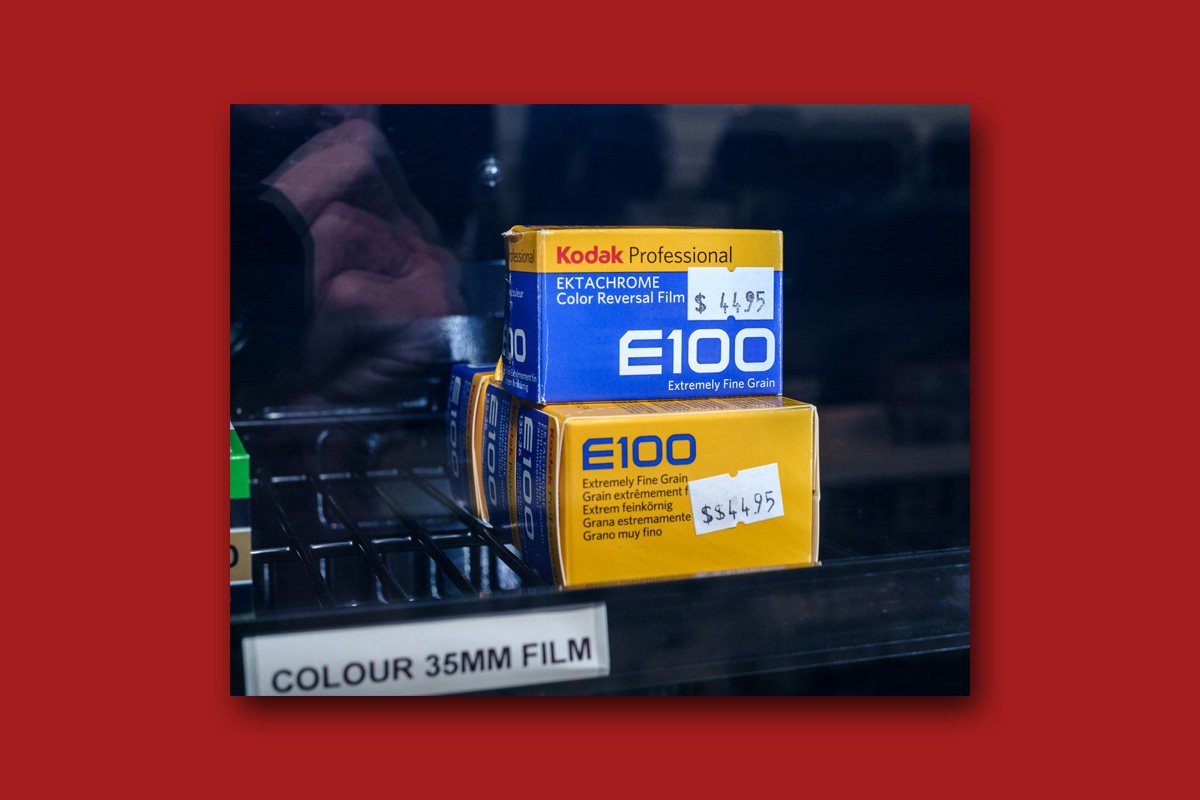27 Feb Do People Really Buy After-Market Lenses Any More?
You bet - and they never stopped doing so. The big names of the camera-body world are also big names of the camera lens world - according to themselves. And also according to lots of users who would sooner part with a foot than with the...




